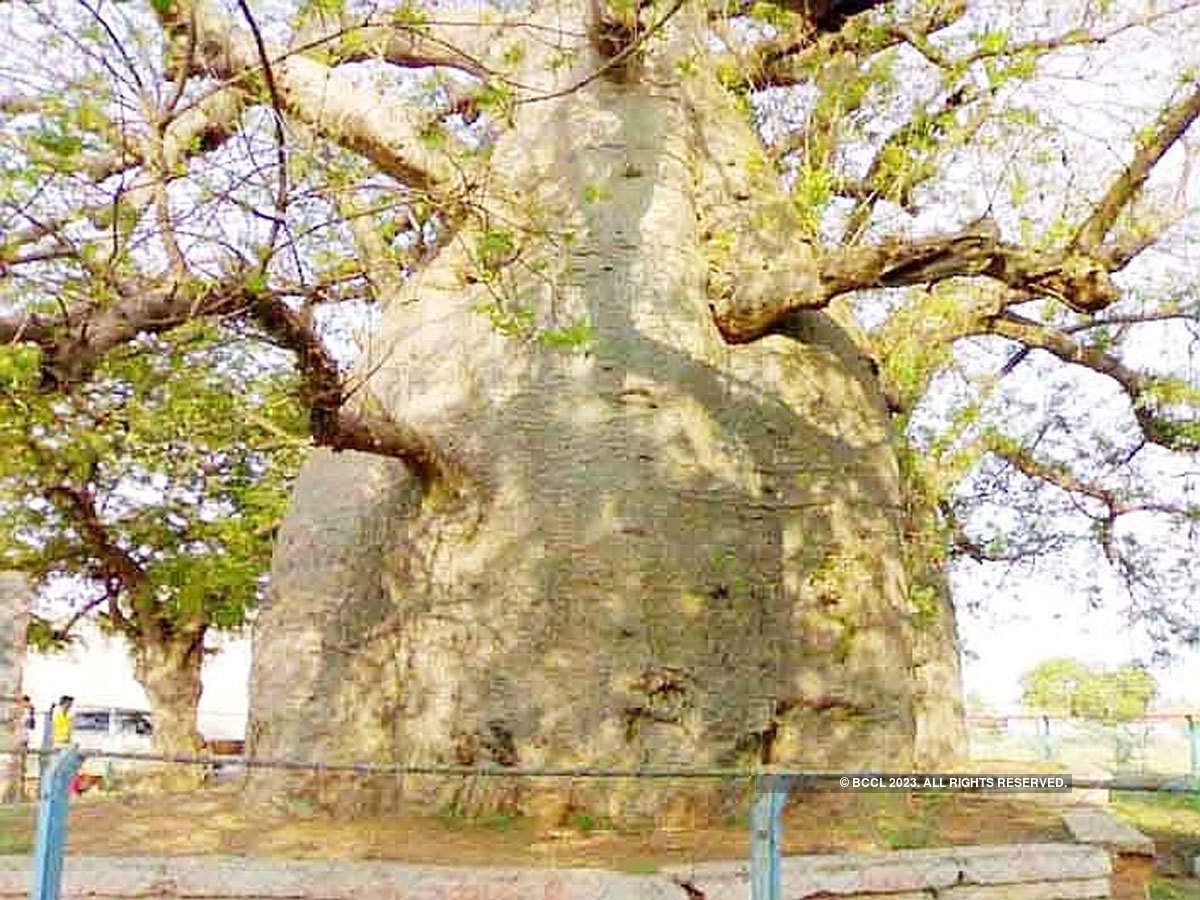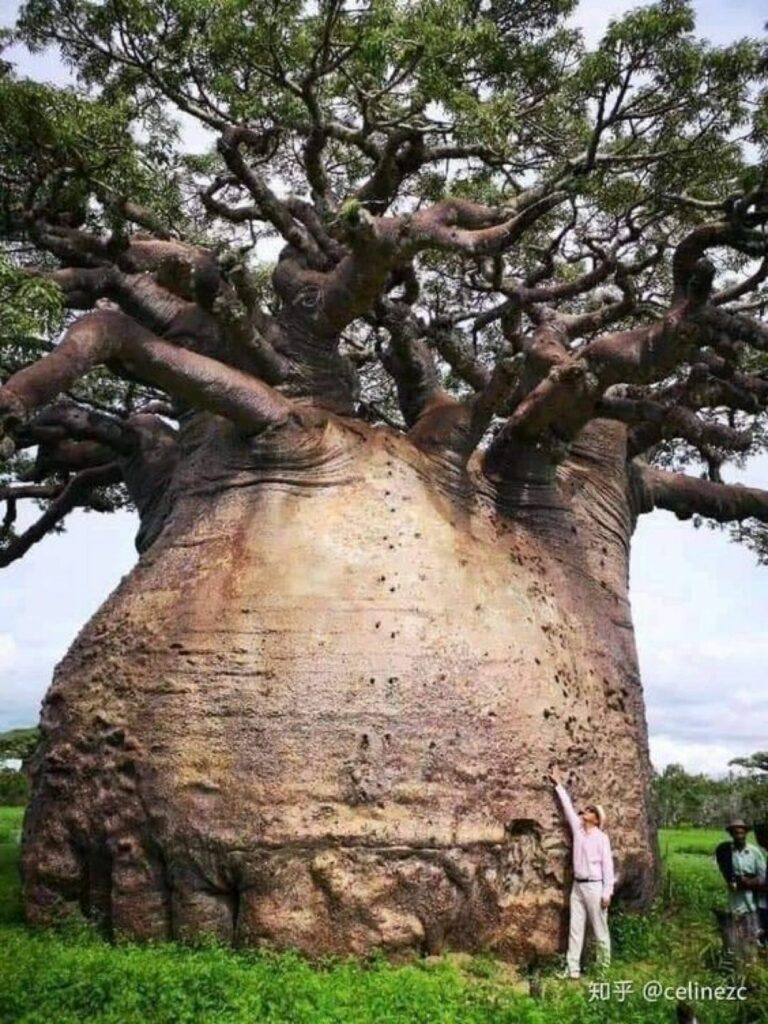The Baobab Tree: Africa’s Iconic Tree and Its Lesser-Known Secrets
The Baobab tree, also known as the upside-down tree, is one of Africa’s most iconic trees. It’s a fascinating and unique tree that is deeply rooted in African culture and tradition. The Baobab is widely found in the savannahs and semi-deserts of Africa, and it can grow up to 20 meters in height and 11 meters in diameter. In this article, we’ll explore the Baobab tree’s lesser-known secrets and why it’s such an important part of African culture.
Firstly, the Baobab tree is a source of food, water, and medicine for many African communities. The Baobab fruit is packed with essential nutrients, including vitamin C, calcium, and potassium, and it’s commonly used to make a refreshing drink. The fruit pulp is mixed with water to make a drink that is often compared to lemonade. In addition to its nutritional value, the fruit also has medicinal properties. It’s used to treat fevers, diarrhea, and other common ailments.
The Baobab tree is also a crucial source of water for many African communities. During the dry season, when water is scarce, people can tap into the tree’s vast water storage system. The Baobab’s bark is thick and spongy, and it can hold up to 120,000 liters of water. The tree’s water storage system is so effective that it can sustain the tree and the surrounding ecosystem during periods of drought.
In African culture, the Baobab tree is deeply rooted in tradition and spirituality. Many African communities believe that the Baobab is a sacred tree that is home to ancestral spirits. Some believe that the tree’s unusual shape is because the spirits have planted it upside down to connect the earth and sky. In some communities, the Baobab is believed to have healing powers and is used in spiritual ceremonies and rituals.
The Baobab tree is also a crucial part of the African ecosystem. Its large trunk provides shelter and habitat for various animals, including birds, bats, and insects. The tree’s hollow trunk is also a popular nesting site for birds, and its flowers attract pollinators such as bats and bees.
Furthermore, the Baobab tree has a long lifespan, and some trees are believed to be over 1,000 years old. These ancient trees have witnessed the rise and fall of empires, and they are a living testament to Africa’s rich history and culture. The Baobab’s longevity is also a symbol of resilience and strength, and it’s no wonder that it’s become such an important part of African culture and tradition.
In conclusion, the Baobab tree is a unique and fascinating tree that is deeply rooted in African culture and tradition. Its fruit, water storage system, and medicinal properties make it a crucial source of food and water for many African communities. The tree’s spiritual significance and importance to the African ecosystem make it a vital part of Africa’s rich heritage. The Baobab tree is truly an iconic symbol of Africa’s past, present, and future.












